| Features and Benefits | |||
| |||
| Technical Specifications | |||
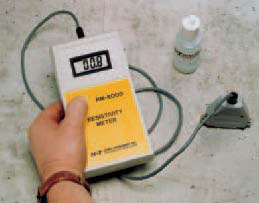 | The electrical conductivity of concrete is an electrolytic process that takes place by the movement of ions in the cement matrix. This ionic movement will occur when contaminants such as chloride ions or carbon dioxide are introduced into the cement mortar matrix. A highly permeable concrete will have a high conductivity and low electrical resistance. Because resistivity is proportional to current flow, the measurement of the electrical resistance of concrete provides a measure of the possible rate of corrosion. Since carbonation seriously affects surface resistance, measurement on the concrete surface should be avoided. The James resistivity meter, OHMCORR, has two probes spaced 5 cm (1.97 inches) apart which are placed in two holes drilled to a depth of 8 mm (3/8 inch) and filled with conductive gel. The concrete resistivity is displayed on an LCD when the control switch is activated. The following table correlates a range of values vs. the possible rate of corrosion of the reinforcement bars. | ||
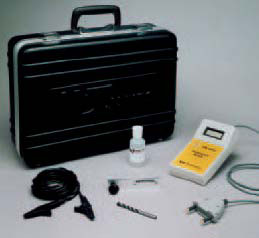 | |||
| RESISTIVITYLEVEL (K OHMS CM) | POSSIBLE CORROSION RATE OFREINFORCEMENT REBARS |
<5 | Very High |
5 to 10 | High |
10 to 20 | Moderate to Low |
>20 | Insignificant |
| The James OHMCORR, when used in conjunction with the James CORMAP System provides an economic and sound means of diagnoses of corrosion in reinforced concrete. | |
| Sales Numbers | Specifications |
| C-RM-8000 Complete System: C-RM-8030 Electronic Meter C-RM-8040 Probe C-RM-8042 One 10ft (3M) Cable with Connectors C-RM-8045 3oz (85ml) Jar of Conductive Gel C-RM-8055 1/4” Drill Bit | Weight complete in carrying case: 8 lbs (4 kilos) Display: 41⁄4” Digit in LCD Resolution: ± 0.1K ohms cm (± 1 Digit) Battery: 9 Volt Range: 0.5 - 20K ohms cm |
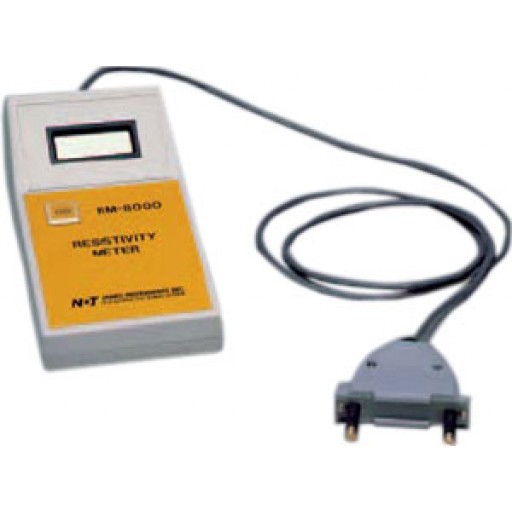
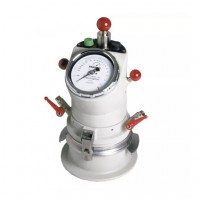
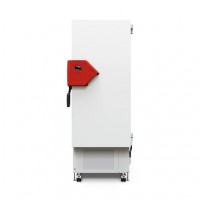
Do you have a question?
min 10 ch